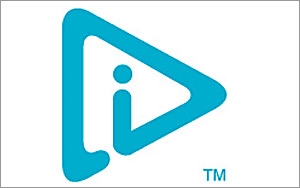 The
industry group Digital Advertising Alliance has issued new guidelines for delivering privacy icons in video ads.
The
industry group Digital Advertising Alliance has issued new guidelines for delivering privacy icons in video ads.
The 12-page Ad Marker Implementation Guidelines for Video Ads offers technical specs for
matters like the size and placement of the AdChoices icons -- which are the centerpiece of the industry's self-regulatory privacy program. The icons, small blue triangles that say AdChoices, aim to
inform people about online tracking and tell them how to opt out of receiving behaviorally targeted ads.
The DAA has previously issued specs for delivering icons in display ads and mobile. In
one departure from recommendations regarding display ads, the video guidelines say that in-ad icons can be placed in any of the four corners of video ad units.
advertisement
advertisement
The recommendations for banner
ads typically call for companies to place the icon in the upper right-hand corner of the ad. But the DAA says that more flexibility is needed for video ads, due to the variety of video formats.
"Given that player formats and the positioning of player controls may vary among video ads, implementing companies may choose alternative corners so as to avoid conflicts in user interaction," the
DAA writes. "Other factors, such as the coloring of the video ad creative and avoiding conflict with embedded calls to action, may similarly necessitate flexibility."
The DAA says it expects
to revise the recommendations as online video evolves.
The icons have been a key component of the industry's privacy initiative since they were introduced in 2010. But some recent reports have
challenged whether the icons effectively communicate how ad companies track users across the Web in order to serve them with targeted ads. The agency Kelly Scott Madison said in May that a survey it conducted showed that fewer than one in 10 Internet users
know what the icon means. A separate report issued in February by TRUSTe revealed that 37% of people are now aware of the AdChoices icon, up from 21% in 2014.